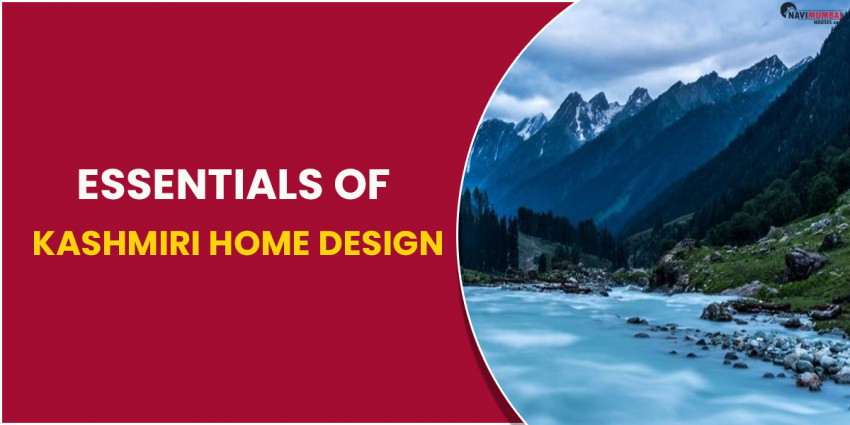
Historical Context for Kashmiri Architecture
Kashmiri architectural styles have a long history and have been influenced by several civilizations and customs. The Buddhist era, which began in the third century AD, left its mark on the stone architecture in the form of monasteries, stupas, and other stone constructions. Stone construction, largely in the form of temples, was favored during the Hindu empire, which began in the fourth century and lasted until the eleventh.
Turkish supremacy in following centuries left its stamp on brick and timber architecture, which is largely present in mosques and shrines today. Naqashi (painted lacquer) and khatamband (woodwork involving the fitting together of several wooden components) were both brought to Kashmir by artisans from the Middle East. Timber and stone construction were prioritized by the Afghan and Mughal emperors. The robust Kashmiri house designs utilized in homes and houseboats represent the valley's wealth of art and architecture.
Traditional Kashmiri Home Designs
Srinagar, the state's summer capital, is home to several examples of the traditional Kashmiri house style. The stunning historical buildings in Srinagar have been there for a very long time. Greater floor space and city interiors are necessary for modern design, yet it still incorporates several historically significant Kashmiri home types that are suitable for the local climate, geography, and population.
According to their floor layouts, structures traditionally fall into one of two groups when using Kashmiri home design. These homes have square or linear floor plans and both have windows facing all directions.
Each house in Kashmir is designed with a Zoon Dub, a balcony that hangs above the house and is used for moon (zoon). Fine PinjeraKari artistry is used to embellish the eaves and staircases. The indoor ceilings of a Kashmiri home design could include khatamband panels, intricate geometric patterns that date back to Persian culture, or what appears to be woodwork. These are created from deodar or walnut.
Based on the kind of construction, the traditional Kashmiri home designs are further divided into Taq architecture and Dhajji Dewari. Let's look at it.
Houses Designed by Dhajji Dewari
A wooden structure and rafters are employed to build the Dhajji Dewari in this Kashmiri home style. Then, using clay or lime mortar, it is methodically packed with flat, huge stones or bricks, and any residual spaces are filled with stone flakes. Wire mesh is tacked to the walls to add strength and stop the stones from falling out. These materials are more adaptable than structural concrete, which makes them more adapted to resist earthquakes. They are employed in such Kashmiri home designs
.
Structure of Taq Houses
Taq is a distinctive building method that is well-liked in Srinagar. A Taq home might have several stories and yet withstand earthquakes. The walls are built from a mix of sun-dried bricks and crushed stones, and are positioned on solid mud foundations with load-bearing supports at regular intervals throughout the length of the building.
The foundation, lintel, and base levels can be stabilized by fastening horizontal wood lacings to them. The wooden floor joists are crammed between several pairs of wooden lacings when they are fitted at different floor levels. As a result, the hardwood beam acts as a link between the walls and foundations of the buildings.
Kashmir’s are compelled to spend more time indoors during the winter. Traditional Kashmiri homes' capacity to maintain heat throughout the winter is greatly influenced by their layout and construction.
Traditional Kashmiri dwellings are frequently built with their southern sides towards the sun to maximize light. A single door is frequently found in one-story structures with several windows. The thick brick walls are insulated with mud and straw coatings and small glass windows.
Source from: navimumbaihouses





